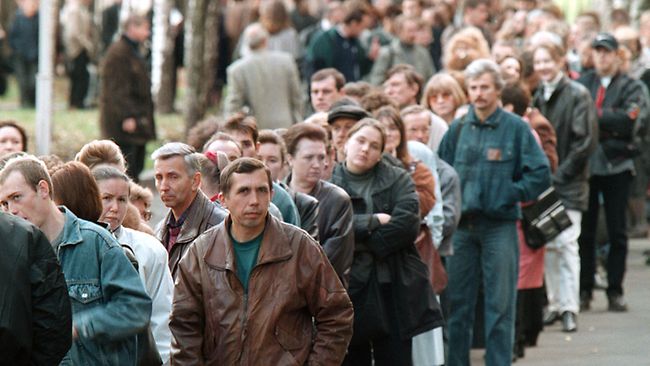Australia’s government will balance its books earlier than expected thanks to a revenue windfall ahead of a looming general election.
In its annual budget released in Canberra Tuesday, the government burnished its economic credentials by forecasting a A$2.2 billion ($1.6 billion) surplus in fiscal 2020—the first since the global financial crisis. The reward for voters: modest tax cuts for low and middle-income earners and some financial perks for baby boomers heading for retirement, Bloomberg reported.
“This budget is providing tax relief to encourage and reward hard-working Australians,” Treasurer Scott Morrison said Tuesday. “Through disciplined fiscal management and improved receipts from stronger economic growth, the budget position is improving.”
In its path to surplus, the government has positioned Australia’s economy as something of an outlier among its developed-world peers. The budget projects that wages growth will accelerate even while spare capacity remains in the jobs market. But that contrasts with the recent US example of unemployment falling well below assumed full employment and pay packets still seeing slow gains.
Returning to the black a year earlier than expected is a political boon for Prime Minister Malcolm Turnbull, ahead of a ballot that has to be called within a year.
Furthermore, net debt is forecast to peak in the current fiscal year, also earlier than expected.
Morrison, in his speech to parliament, lauded the retention of the nation’s AAA credit rating from the three main agencies. But of the 10 holders of such a distinction, Australia is in the weakest fiscal position. This is while the economy is entering its 27th year without a recession.
Australia’s budget is currently benefiting from unexpected commodity price strength, due to synchronized global growth that’s boosted corporate profits and tax receipts; and a hiring bonanza last year that lifted the personal tax take and reduced welfare costs.
The budget sees economic growth accelerating to 3% in the year through June 2019, fueled in part by investment and consumption. That’s despite households being saddled with record-high debts and stagnant wage growth.
Unemployment is predicted to fall to 5.25% in the 12 months through June 2019, and hold there for the ensuing two years. The jobless rate has hovered around 5.5% for the past year, with the participation rate near a seven-year high.
But on wages growth, the government remains particularly ambitious. It sees the pace climbing to 3.25% in fiscal 2020 and 3.5% the year after that, compared with the current sluggish 2.1%.


